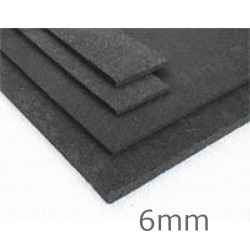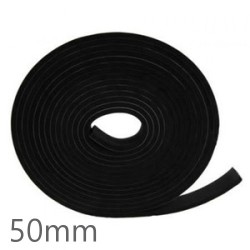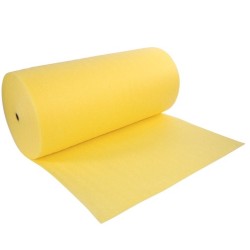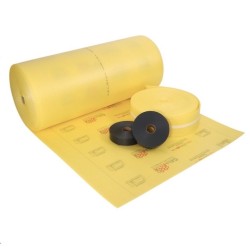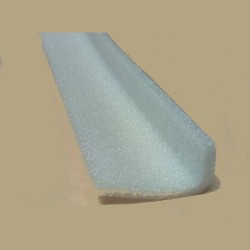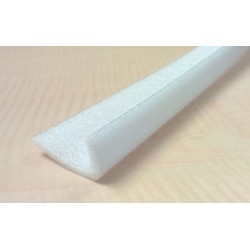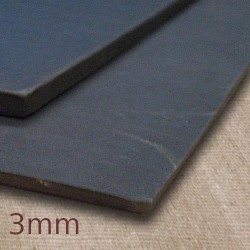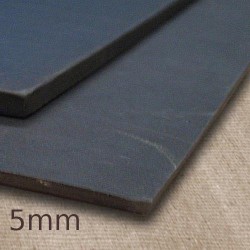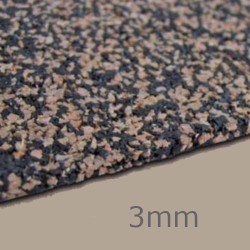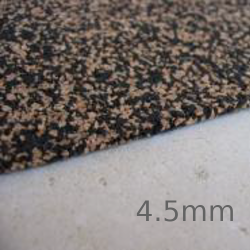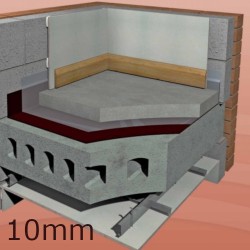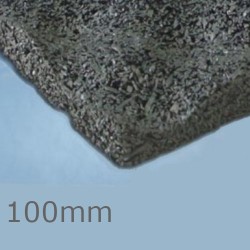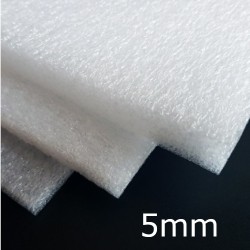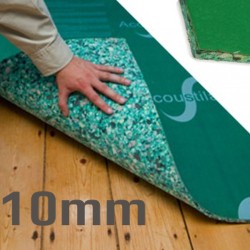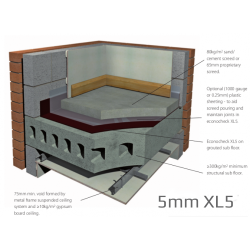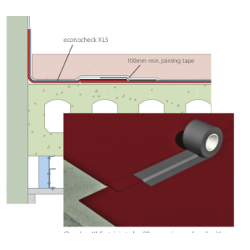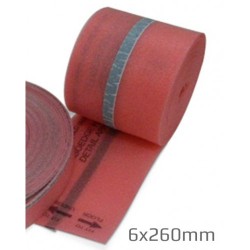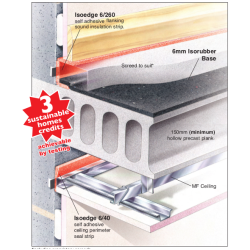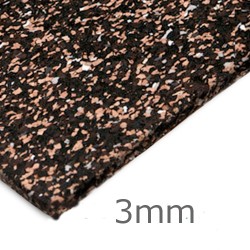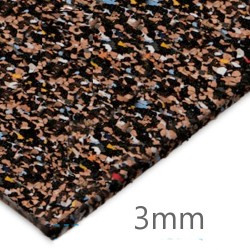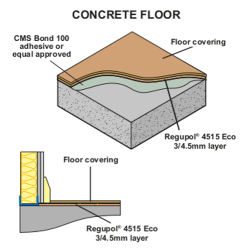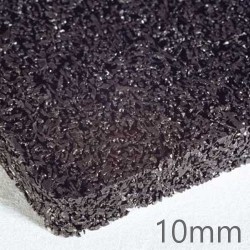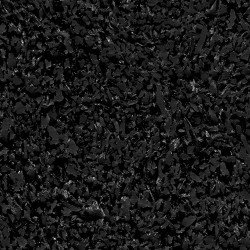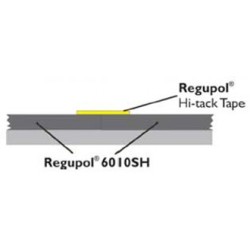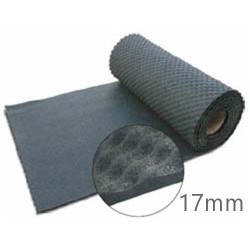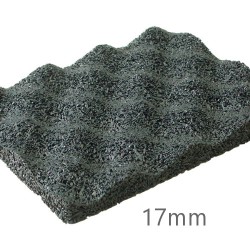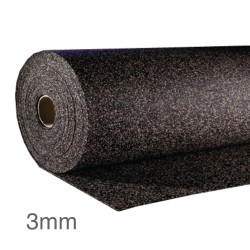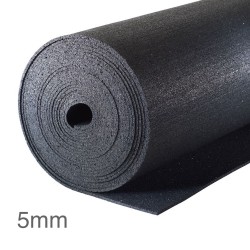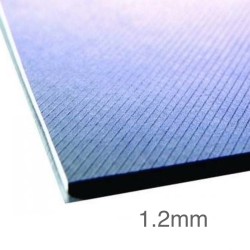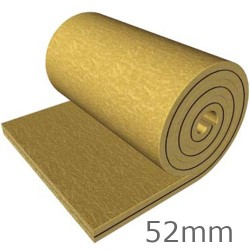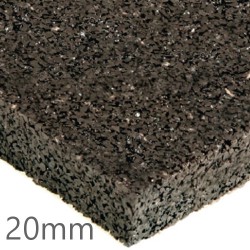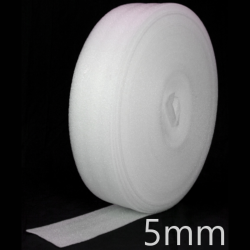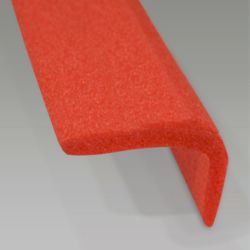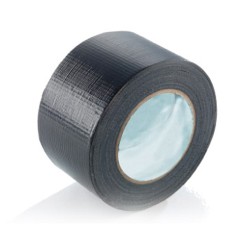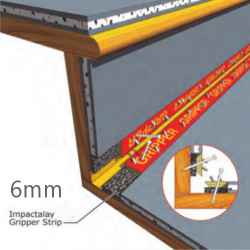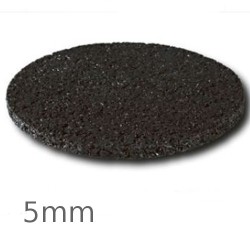Acoustic Mats, Underlays, Strips and Bands
Sometimes, you may have had the chance to place an acoustic insulation matting under screed. But, in a refurbishment project the only solution would be using a acoustic matting on the existing floor.
When a sound transfers directly from a source to the receiver, its called the airborne sound. This comes from openings in the wall, through voids such as ceiling cavities or from ductwork, pipes etc. Sound coming from a conversation, radios and TVs, from children shouting to each other or from domestic animals is airborne sound. When something hits the floor, ceiling or the wall and the sound that is transferred through the structure is called the impact sound. The impact noise is children running around, dropping items on the floor etc and usually comes through the ceiling to the room below.
Acoustic matting is the most common form of floor soundproofing used to reduce impact noise. There are acoustic matting specifically designed to be used over any floor finishes including, concrete floors, wooden floors, laminates, tiled floors, carpet and vinyl floors.
- Underlay matting,
- Acoustic isolation strips,
- On surface matting.
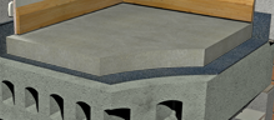
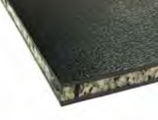 This type of matting is used to the sub-floor from screed, so a finishing floor could be installed above the screed without the need for acoustic carpets. There are also acoustic matting the would be installed under any kind of floor finish.
This type of matting is used to the sub-floor from screed, so a finishing floor could be installed above the screed without the need for acoustic carpets. There are also acoustic matting the would be installed under any kind of floor finish.- Especially designed for concrete floors,
- High impact sound reduction,
- No need for additional on floor acoustic insulation,
- Reduces construction heights,
- Suitable for use with under floor heating
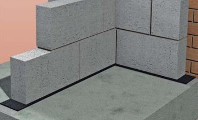
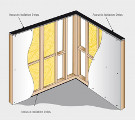 They are installed between the floor and the wall to reduce structure borne noise. They are available in different widths. These strips are able to withstand significant loads and offer a long term solution and are eco-friendly and fully recyclable. Some types of foam and rubber isolating strips are used on the floor around the perimeter along the walls and some strips used on stairways.
They are installed between the floor and the wall to reduce structure borne noise. They are available in different widths. These strips are able to withstand significant loads and offer a long term solution and are eco-friendly and fully recyclable. Some types of foam and rubber isolating strips are used on the floor around the perimeter along the walls and some strips used on stairways. - Can be used on framework and masonry construction,
- In new build and refurbishments,
- Highly durable,
- Practically no creep
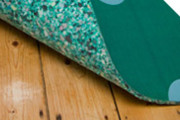
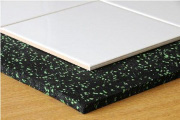
Most matting is used on the existing floor, but some can be used even on the walls. They are made from high density rubber based materials, from industrial waste materials and also as a composite material with an insulation foam enclosed between heavy duty acoustic membranes.
- Very easy to use,
- Easy to cut and install,
- Eco-friendly--made from recycled materials,
- High impact sound reduction,
- Highly durable.
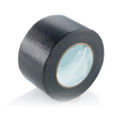

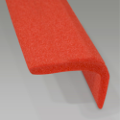 Jointing tapes, flanking strips and bands made from polyester foam or recycled rubber.
Jointing tapes, flanking strips and bands made from polyester foam or recycled rubber.



































































































































